With many students starting their summer jobs this month, the Workplace Safety and Insurance Board (WSIB) has launched its #PracticeSafeWork campaign in Ontario, focusing on the messages that a workplace injury can ruin your summer and affects not just you, but also the people around you.
“We do it in the early summer months because it is important to remind young people of the need to be safety conscious on the job,” Elizabeth Witmer, chair of the WSIB, told the Daily Commercial News.
“Many of them are starting new jobs, many of them are starting work for the first time in their life and we want to make sure workplace health and safety is top of mind for them and also for their parents.”
The awareness campaign, now in its fifth year, is about making sure youth know work can be dangerous, and safety isn’t something to take for granted.
We unfortunately are seeing an increase in injuries among young people
— Elizabeth Witmer
Workplace Safety and Insurance Board
“We know that historically construction and manufacturing have had higher injuries than other sectors and its usually in trades helpers and labourers where we see the most injuries,” said Witmer, adding injuries range from sprains, strains, cuts, bruises concussions and falls.
Between 2009 and 2018, 56 young people in Ontario between the ages 15 to 24 died as a result of a work-related injury and three of those deaths took place last year. In 2018 there 31,000 young people injured at work and of those, almost 9,000 did lose time from work as a result of their injuries.
“We unfortunately are seeing an increase in injuries among young people and we are concerned,” said Witmer, adding it is everyone’s responsibility to keep the workplace safe. “We need to do everything we possibly can to bring those numbers down… Everybody needs to do better.”
Empowering young people to speak up and ask questions before working in unsafe environments can help bring these numbers down, explained Witmer, adding young people often think they are invincible.
“The fact that young people say it will never happen to me, we really need to make them think and realize that it does happen to young people,” said Witmer. “They need to make sure they talk to their employer about safety in the workplace, have training and know what to do if they do get hurt.”
Part of this year’s campaign involves short, animated videos entitled The Workplace Adventures of Model Employees – After the Injury. The wooden models were first introduced in last year’s videos where they were injured at work. Despite their light tone, the videos have a serious and powerful message, said Witmer.
“The wooden models are back because they did seem to appeal to young people,” said Witmer. “Last year we focused very much on the individual injured and this year we’re focusing on the post injury world and the consequences…not only focusing on that person but also that workplace incidents don’t just affect you the person who has been hurt, they really do have an impact on everyone around you.”
Witmer said the videos are popular and effective and have had over one million views on YouTube.
“We are trying to encourage young people and parents to take a look at the videos, visit our website and we are posting our messages on Facebook, Twitter and Instagram,” said Witmer. “We hope that the message is getting out because we have got to see a decrease in the number of incidents and deaths.”
The website www.practicesafework.ca offers information on the types of questions young people or their parents can ask employers to avoid getting hurt at work such as how do I find out about the health and safety rules at my work? Do I have the right to refuse unsafe work? What should I do if I’m not given health and safety training? Do I have to wear my safety gear?
It also encourages parents to talk to their kids about workplace safety by asking them about their workplace, their boss and colleagues and if they know their three basic rights under the Occupational Health and Safety Act: the right to know the hazards in your job; the right to participate in keeping your workplace healthy and safe; and the right to refuse unsafe work if you believe your job is likely to endanger you.
The website also provides tips of what to do in the case of an injury, including don’t panic, get medical help, tell your boss and report to the WSIB. Parents and workers are also encouraged to check out a report that records the safety rating of any business in Ontario that’s covered by the WSIB on the website.


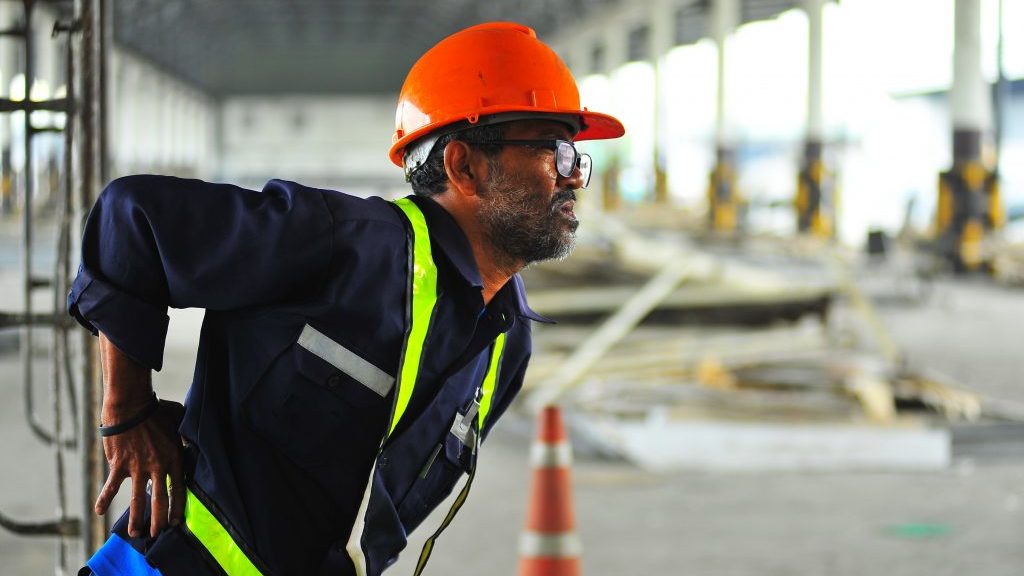
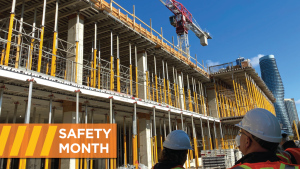
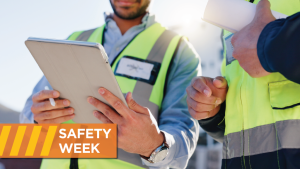
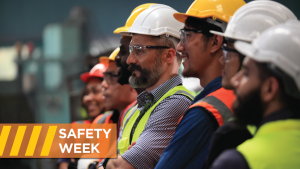

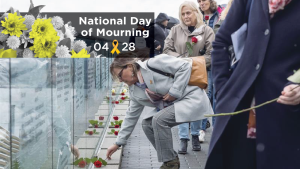


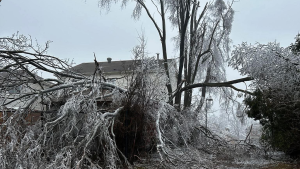
Recent Comments
comments for this post are closed